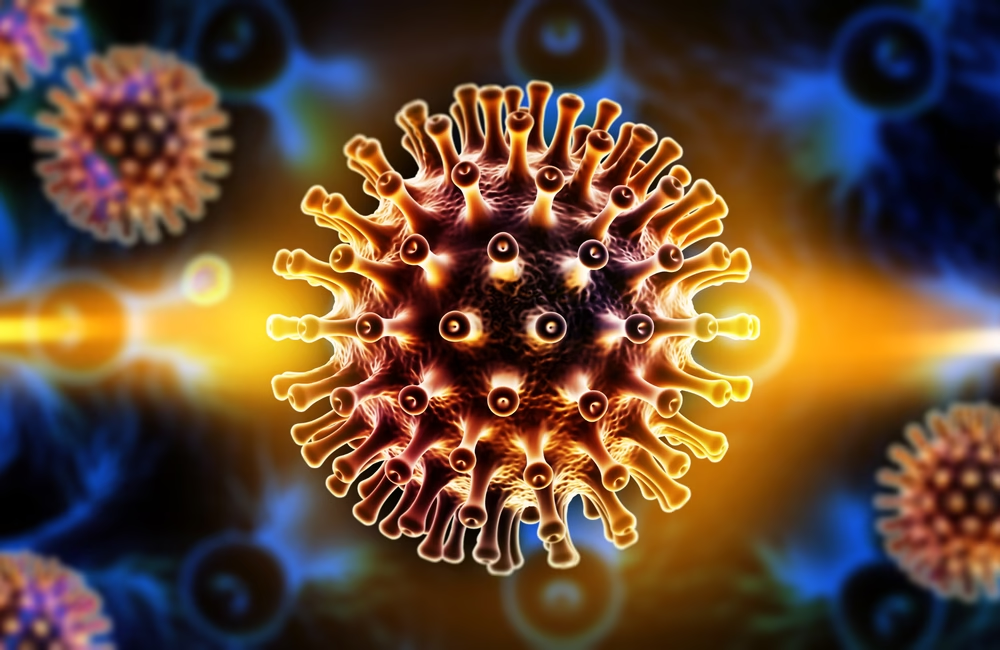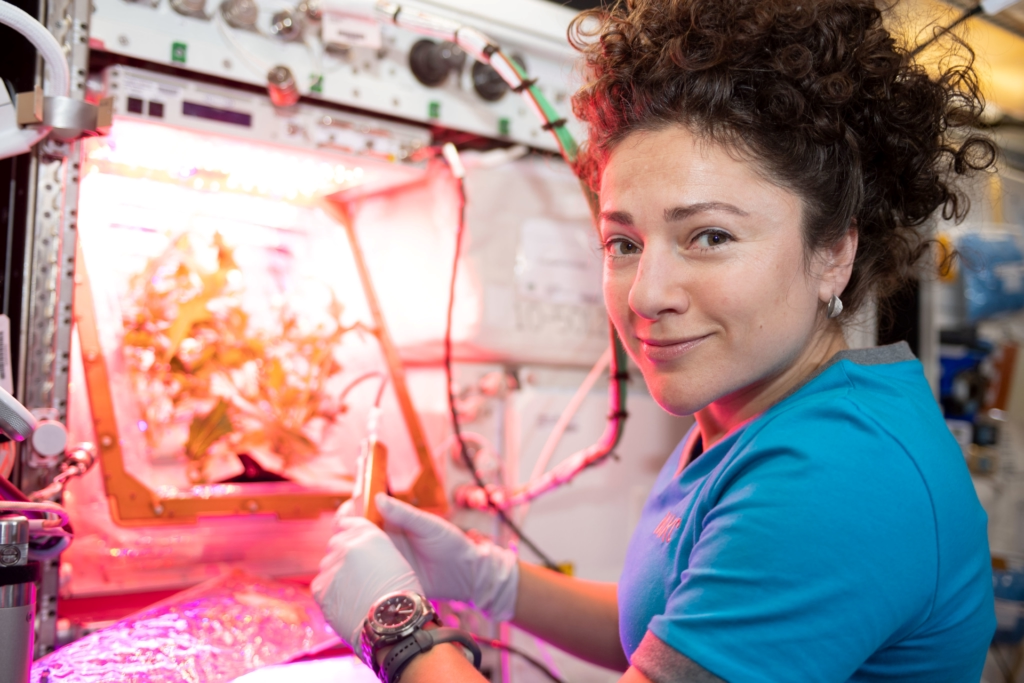A pilonidal abscess is a painful, pus-filled cavity that forms near the tailbone, at the top of the cleft of the buttocks. This condition arises when hair, debris, or bacteria penetrate the skin, leading to inflammation and infection. While not life-threatening, a pilonidal abscess can cause significant discomfort, disrupt daily activities, and, if left untreated, lead to complications such as chronic infections or sinus tract formation. It is more common in young adults, particularly men, and individuals with certain risk factors like excess body hair, obesity, or a sedentary lifestyle. In this article, we will explore the causes, symptoms, diagnostic methods, treatment options, and preventive strategies for pilonidal abscesses.
What Is a Pilonidal Abscess?
A pilonidal abscess occurs when hair, dirt, or bacteria become trapped in the skin near the tailbone, creating a pocket of infection. The term “pilonidal” comes from the Latin words pilus (hair) and nidus (nest), reflecting the role of hair in the condition’s development. When these foreign materials penetrate the skin, they can trigger an inflammatory response, leading to swelling, pain, and the formation of an abscess. Over time, if untreated, the abscess may develop into a chronic condition known as pilonidal disease, characterized by recurring infections or the formation of sinus tracts beneath the skin.
This condition is most commonly observed in individuals aged 15–30 years, with males being three times more likely to develop it than females. The reasons for this gender disparity are not fully understood but may be linked to differences in hair growth patterns, hormonal influences, or lifestyle habits.
Causes of Pilonidal Abscesses
Several factors contribute to the development of pilonidal abscesses:
- Hair Penetration: Loose hairs can pierce the skin in the tailbone region, causing irritation and infection. Individuals with thick, coarse, or oily hair are at a higher risk due to increased friction and penetration potential.
- Friction and Pressure: Prolonged sitting or activities that increase friction in the area can exacerbate the condition. For example, truck drivers, office workers, and others who sit for extended periods are disproportionately affected.
- Poor Hygiene: Accumulation of sweat, dirt, and bacteria in the natal cleft creates an environment conducive to infection. Infrequent bathing or improper cleaning of the area can elevate the risk.
- Excess Body Hair: People with thick or coarse body hair are more prone to developing pilonidal abscesses. Excessive hair growth increases the likelihood of hair becoming trapped in the skin.
- Obesity: Excess weight can deepen the natal cleft, making it easier for hair and debris to become trapped. Obesity is also associated with increased sweating and moisture retention in the area, further elevating the risk.
- Genetic Predisposition: Some individuals may have a family history of pilonidal disease, increasing their susceptibility. Genetic factors may influence skin structure, hair growth patterns, or immune response, all of which can contribute to the condition.
Symptoms of a Pilonidal Abscess
The symptoms of a pilonidal abscess typically include:
- Localized Pain and Tenderness: A dull or sharp pain at the base of the spine, especially when sitting or moving. This pain is often exacerbated by pressure on the affected area.
- Swelling and Redness: A visible lump or bump near the tailbone, often accompanied by redness and warmth. These signs indicate inflammation and infection.
- Drainage of Pus or Blood: The abscess may leak pus or blood, often with a foul odor. This drainage is a hallmark of an active infection and requires prompt medical attention.
- Systemic Symptoms: In severe cases, fever, chills, and fatigue may indicate a spreading infection. Systemic symptoms suggest that the infection may have progressed to cellulitis or sepsis, both of which are serious complications.
Diagnosis of a Pilonidal Abscess
A healthcare provider can diagnose a pilonidal abscess through a combination of physical examination, medical history, and, in rare cases, imaging studies.
- Physical Examination: The provider will assess the tailbone area for swelling, redness, and tenderness. A thorough physical examination is usually sufficient to confirm the diagnosis.
- Medical History: A discussion of symptoms, lifestyle factors, and potential risk factors can aid in diagnosis. For example, a history of prolonged sitting or poor hygiene practices may raise suspicion of pilonidal disease.
- Imaging Studies: In rare cases, imaging techniques such as ultrasound or MRI may be used to evaluate the extent of the infection. Imaging is particularly useful in cases where the abscess is deep-seated or recurrent.
Treatment Options for Pilonidal Abscesses
The treatment approach depends on the severity of the abscess. Below are the most common treatment modalities:
1. Home Care for Mild Cases
- Warm Compresses: Applying a warm, moist cloth to the affected area for 10–15 minutes, 3–4 times daily, can reduce swelling and promote drainage. Warm compresses are a simple yet effective way to alleviate symptoms.
- Pain Management: Over-the-counter pain relievers like ibuprofen or acetaminophen can help alleviate pain and inflammation. These medications are particularly useful for managing mild to moderate pain.
- Hygiene Practices: Keeping the area clean and dry is essential. Gently wash with mild soap and water, and avoid prolonged sitting. Proper hygiene can prevent the condition from worsening.
2. Medical Treatment
- Incision and Drainage (I&D): For larger or more painful abscesses, a healthcare provider will perform a minor procedure to drain the pus. Local anesthesia is used to numb the area, and the wound is often packed with gauze to facilitate healing. I&D is considered the gold standard for treating acute pilonidal abscesses.
- Antibiotics: If there is significant infection or cellulitis, antibiotics may be prescribed. However, antibiotics alone are insufficient if an abscess is present—drainage is usually required. Antibiotics are typically reserved for cases with systemic involvement.
3. Surgical Options for Recurrent or Severe Cases
- Excision: The abscess and surrounding tissue are surgically removed to prevent recurrence. Excision is often recommended for chronic or recurrent cases.
- Marsupialization: This technique involves draining the abscess and suturing the edges of the wound to form a pouch, reducing the risk of recurrence. Marsupialization is particularly effective for smaller abscesses.
- Flap Procedures: Advanced surgical techniques, such as flap procedures, aim to close the wound and minimize recurrence rates. Flap procedures are often used for complex or recurrent cases.
Recovery and Aftercare
Proper aftercare is critical to ensure healing and prevent recurrence:
- Wound Care: Follow your healthcare provider’s instructions for dressing changes and keep the area clean and dry. Proper wound care is essential to prevent infection and promote healing.
- Avoid Pressure: Minimize sitting for extended periods to reduce stress on the tailbone area. Avoiding pressure can accelerate healing and reduce discomfort.
- Hair Removal: Regular shaving or laser hair removal around the natal cleft may help prevent recurrence. Hair removal reduces the risk of hair penetration and subsequent infection.
- Follow-Up Appointments: Attend all follow-up visits to monitor healing progress. Regular follow-ups ensure that any complications are promptly addressed.
Preventing Pilonidal Abscesses
Preventive measures are essential, particularly for individuals who have experienced a pilonidal abscess before:
- Maintain Good Hygiene: Wash the tailbone area daily with mild soap and water, and keep it dry to prevent bacterial growth. Good hygiene is the cornerstone of prevention.
- Avoid Prolonged Sitting: Take regular breaks to stand and walk if your job requires long periods of sitting. Reducing sitting time minimizes friction and pressure on the tailbone area.
- Hair Removal: Regularly shave or use laser hair removal to reduce hair in the natal cleft. Hair removal is a proven strategy for preventing recurrence.
- Weight Management: Maintain a healthy weight to reduce friction and moisture in the tailbone area. Weight management can significantly lower the risk of pilonidal disease.
- Wear Loose Clothing: Avoid tight-fitting clothes that can cause friction and irritation. Loose clothing reduces the risk of skin irritation and infection.
When to Seek Medical Attention
If you experience symptoms such as pain, swelling, or drainage in the tailbone area, consult a healthcare provider promptly. Seek immediate medical care if you develop fever, chills, or spreading redness, as these may indicate a worsening infection.
Key Takeaways
- Pilonidal abscesses are more common in young men, sedentary individuals, and those with excess body hair.
- Early treatment, including drainage and proper wound care, is crucial to prevent complications.
- Recurrence is common, so preventive measures such as good hygiene, hair removal, and weight management are vital.
- Understanding the causes, symptoms, and treatment options empowers individuals to manage and prevent pilonidal abscesses effectively.
Final Thoughts
While a pilonidal abscess can be a painful and frustrating condition, it is manageable with the right knowledge and care. Whether you are dealing with your first abscess or aiming to prevent a recurrence, early intervention and proper hygiene are your best defenses. Stay informed, proactive, and do not hesitate to seek medical advice when needed.
Discover more from Pasindu Lakshan Perera
Subscribe to get the latest posts sent to your email.




